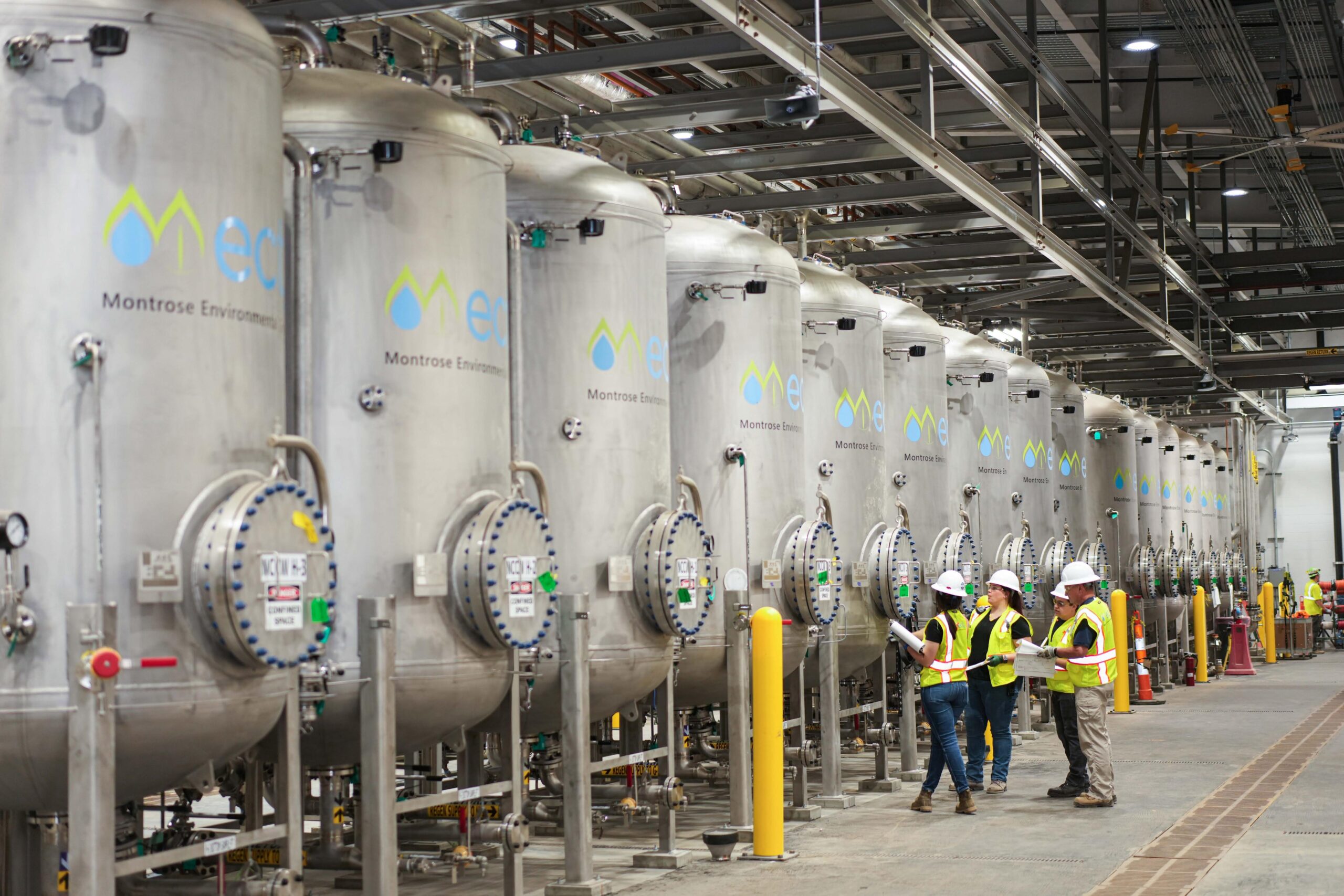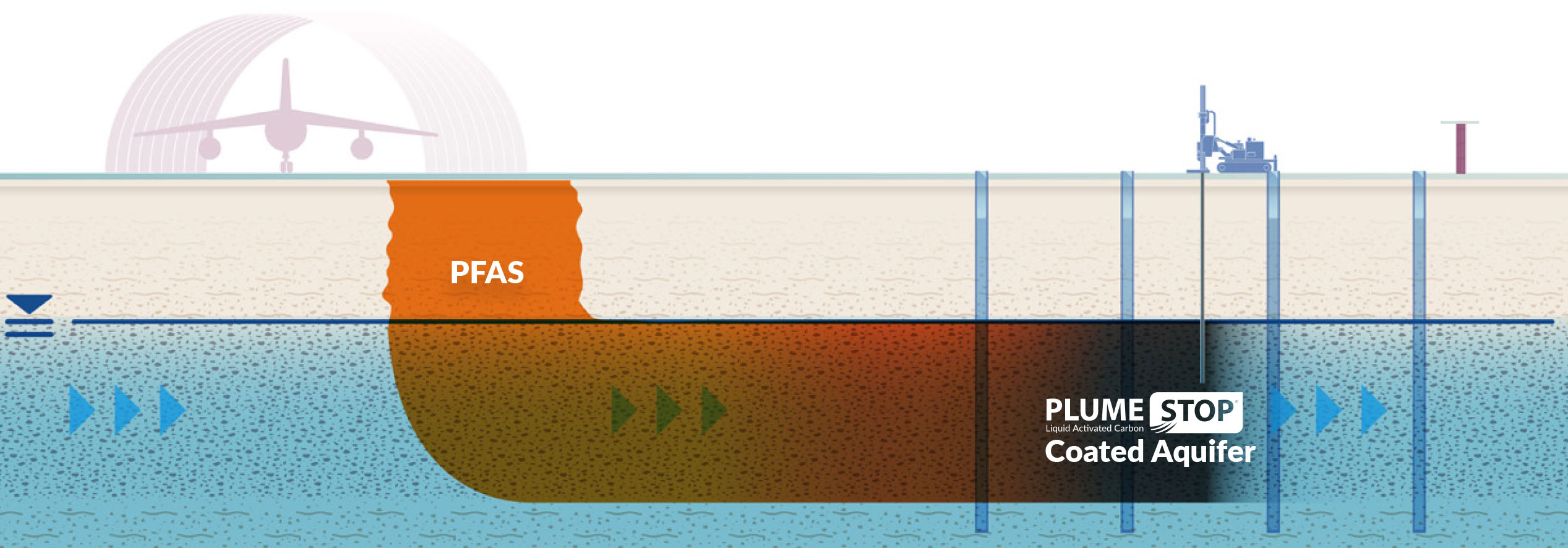How M270 PFAS Treatment Is Changing the Future of PFAS Remediation
How M270 PFAS Treatment Is Changing the Future of PFAS Remediation
Blog Article
Innovative PFAS Therapy Solutions for Safer Water
The boosting frequency of PFAS contamination in water supplies necessitates an essential examination of innovative treatment solutions. Furthermore, arising bioremediation strategies supply a more sustainable method to dealing with PFAS obstacles. pfas management.
Review of PFAS Contamination
PFAS contamination has become a considerable environmental and public health and wellness worry. Per- and polyfluoroalkyl substances (PFAS) are a group of synthetic chemicals recognized for their determination in the environment and body, leading them to be generally described as "for life chemicals." These substances have actually been extensively made use of in numerous markets, including firefighting foams, water-repellent fabrics, and food packaging, primarily due to their water- and grease-resistant properties.
The prevalent use PFAS has actually led to their detection in soil, water supplies, and also in the blood of human beings and pets. Research studies have linked PFAS direct exposure to countless wellness problems, including developing results in infants, immune system disorder, and different types of cancer. In addition, the ecological determination of these substances complicates their destruction and removal, raising problems concerning long-lasting ecological influences.
Regulative bodies are increasingly implementing rigorous standards to keep track of and reduce PFAS degrees in drinking water and various other environmental mediums. As understanding of PFAS contamination grows, it has actually ended up being essential for areas and markets to look for efficient therapy options to mitigate direct exposure and safeguard public wellness.
Advanced Filtering Technologies
As the urgency to attend to PFAS contamination heightens, advanced filtering technologies have become an essential element in the remediation initiatives aimed at eliminating these persistent chemicals from water sources. These modern technologies take advantage of innovative mechanisms to successfully target and record PFAS compounds, which are infamously resistant to traditional therapy approaches.
One of one of the most encouraging methods is using granular turned on carbon (GAC), which adsorbs PFAS molecules as a result of its high area and permeable framework. This approach has been commonly carried out in both municipal and industrial settings, showing significant reductions in PFAS concentrations. Furthermore, ion exchange materials have actually acquired traction, particularly made to selectively bind PFAS ions from water, hence promoting their removal.
Membrane filtration innovations, such as reverse osmosis and nanofiltration, additionally reveal efficiency in PFAS elimination by literally separating pollutants from water - pfas management. These systems can attain high degrees of pureness, making them suitable for drinking water applications
Chemical Treatment Developments
Many chemical treatment advancements are being checked out to properly attend to PFAS contamination in water supplies. One encouraging strategy includes the usage of innovative oxidation procedures (AOPs), which use effective oxidants such as ozone, hydrogen peroxide, or chlorine dioxide integrated with UV light to break down PFAS compounds into much less harmful substances. This method has shown efficiency in lab settings, showing potential for scalability in real-world applications.
An additional cutting-edge method is the view it advancement of ion-exchange resins specifically made to target PFAS. These materials can precisely adsorb PFAS compounds from water, enabling their elimination throughout treatment procedures. Current improvements have enhanced the efficiency and ability of these materials, making them a positive option for water therapy centers.
Additionally, scientists are exploring making use of chemical representatives like persulfate and ferrous ions to improve the degradation of PFAS in contaminated water. These representatives can induce chain reaction that assist in the break down of persistent PFAS substances.
Emerging Bioremediation Strategies
Current developments in chemical therapy advancements have led the way for checking out bioremediation techniques as a viable option for addressing PFAS contamination. Bioremediation takes advantage of the natural metabolic procedures of microorganisms to weaken or transform toxins, making it an attractive approach for tackling consistent contaminants like PFAS.
Arising methods in bioremediation consist of using genetically engineered microorganisms that can especially target and break down PFAS compounds. These microbial pressures are being developed for their improved destruction abilities, increasing the effectiveness of the removal procedure. Furthermore, researchers are checking out the possibility of plant-assisted bioremediation, where certain plant types might uptake and sequester PFAS from infected dirt and water.
Another appealing technique is the application of bioaugmentation, which entails introducing useful microbes right into contaminated atmospheres to boost the destruction of PFAS. This technique can promote faster remediation timelines and improve overall efficiency.

Regulative Structures and Requirements
A comprehensive regulatory framework is important for successfully handling PFAS contamination and making sure public wellness defense. The increasing recognition of per- and polyfluoroalkyl substances (PFAS) as ecological toxins has actually motivated numerous government and state firms to create requirements that regulate their existence in water products. The United State Epa (EPA) has established health advisories and is pursuing establishing enforceable restrictions for PFAS in alcohol consumption water.
State-level guidelines vary considerably, with some states embracing more stringent guidelines than those suggested by the EPA. These laws blog often include maximum impurity degrees (MCLs) for certain PFAS compounds, monitoring needs, and reporting responsibilities for water utilities. Additionally, arising frameworks concentrate on the removal of polluted sites, emphasizing the demand for you could try these out efficient treatment modern technologies.

Verdict
In final thought, the advancement and implementation of cutting-edge PFAS therapy options are crucial for attending to the pervasive issue of water contamination. Advanced filtering innovations, chemical treatments, and emerging bioremediation strategies jointly offer a complex strategy to successfully minimize and degrade PFAS levels. As regulative structures remain to evolve, incorporating these modern technologies will be vital to guard public wellness and bring back the stability of polluted water resources, eventually adding to a cleaner and safer setting.
Report this page